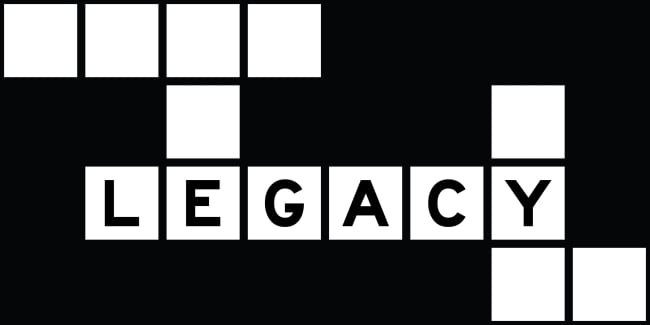You have /5 articles left.
Sign up for a free account or log in.

bankrx/iStock/Getty Images Plus
A bill that prohibits colleges and universities from employing legacy preferences in undergraduate admissions is headed to the California governor’s desk.
If the bill is signed, tens of thousands of entering students from lower-income and underrepresented backgrounds—students with extraordinary talents and awe-inspiring experiences—will no longer be disadvantaged simply by virtue of legacy preferences, which are admissions advantages conferred to children of alumni.
California, with the largest undergraduate enrollment in the United States, punctuates a slowly rising wave of states to end the practice, most recently Illinois, Maryland and Virginia.
But this burst of action by state governments pales in comparison to the many colleges still clinging to preferences that ensure legacy students are between three and more than five times as likely as nonlegacies to be admitted—preferences that clearly clash with our nation’s cherished ideals of social mobility and equal opportunity not for the few, but for all.
Higher education institutions were designed as vehicles to level the playing field. For generations, a college education stood as a reliable ladder to a better future, propelled by ambitious legislation like the GI Bill and Higher Education Act.
But more and more Americans see higher education through the lens of undemocratic policies like legacy preferences that provide a boost to students who already possess a significant advantage—hailing from college-educated families. These students are more likely to have been raised in stable and supportive homes, to have attended the best schools, and to have had access to enriching co-curricular and extracurricular activities.
Our institutions both ended legacy preferences as a first step to remediating these glaring inequities and repairing rapidly crumbling levels of trust. Others should not simply wait for government to take the initiative, especially when an overwhelming majority of state legislatures have not acted on the issue and federal efforts have languished time and again.
Universities must instead pull every lever we can to renew faith in our founding promise of equity and opportunity—especially in the year after the Supreme Court rendered race-conscious admissions unconstitutional.
A recent Institute for Higher Education Policy analysis showed nearly one-third of selective four-year institutions in the United States still considered legacy status for first-time students enrolling in fall 2022. And these institutions were less racially and socioeconomically diverse than those that no longer considered legacy status.
Granted, removing legacy preferences must be just one part of a holistic strategy to deliver on our historic commitment to increase opportunity, robust investments in financial aid and programs to increase access and success being other critical components.
But this is a lever that each and every college—regardless of resources—can pull. Our two very different institutions are again a living example of this principle.
Now, we fully understand many of our peers must wrestle with the implications of such a decision on alumni giving. Skeptics argue that legacy preferences are essential to alumni engagement with and belonging at their institutions. Policies like these, they stress, are integral to the formation of a vibrant, resilient university community.
We speak from experience when we say many alumni and donors will likely applaud the decision. In truth, many of our own alumni see it as an affirmation of our promise as living embodiments of merit. And as a result, fundraising showed no signs of flagging after we at Johns Hopkins formally ended legacy admissions in 2020 and Occidental did so in 2023.
In fact, thriving institutions from the Massachusetts Institute of Technology to the California Institute of Technology to the University of Washington have not considered legacy preferences. What this tells us is that the absence of admissions advantages for family members and institutional commitment among our alumni are far from mutually exclusive.
Let’s not squander the ready-made chance that individual institutions have to repudiate what legacy preferences stand for and affirm our shared commitment to opportunity.
As we have seen, many alumni and donors and others across our university communities will stand with us in this work. It is part and parcel of the mission that they likely felt so inexorably drawn to in the first place.
In service to that mission, we must put an end to legacy preferences—a critical first step in reversing the plummeting trust in higher education and the right step to take for the students we were founded to serve.




